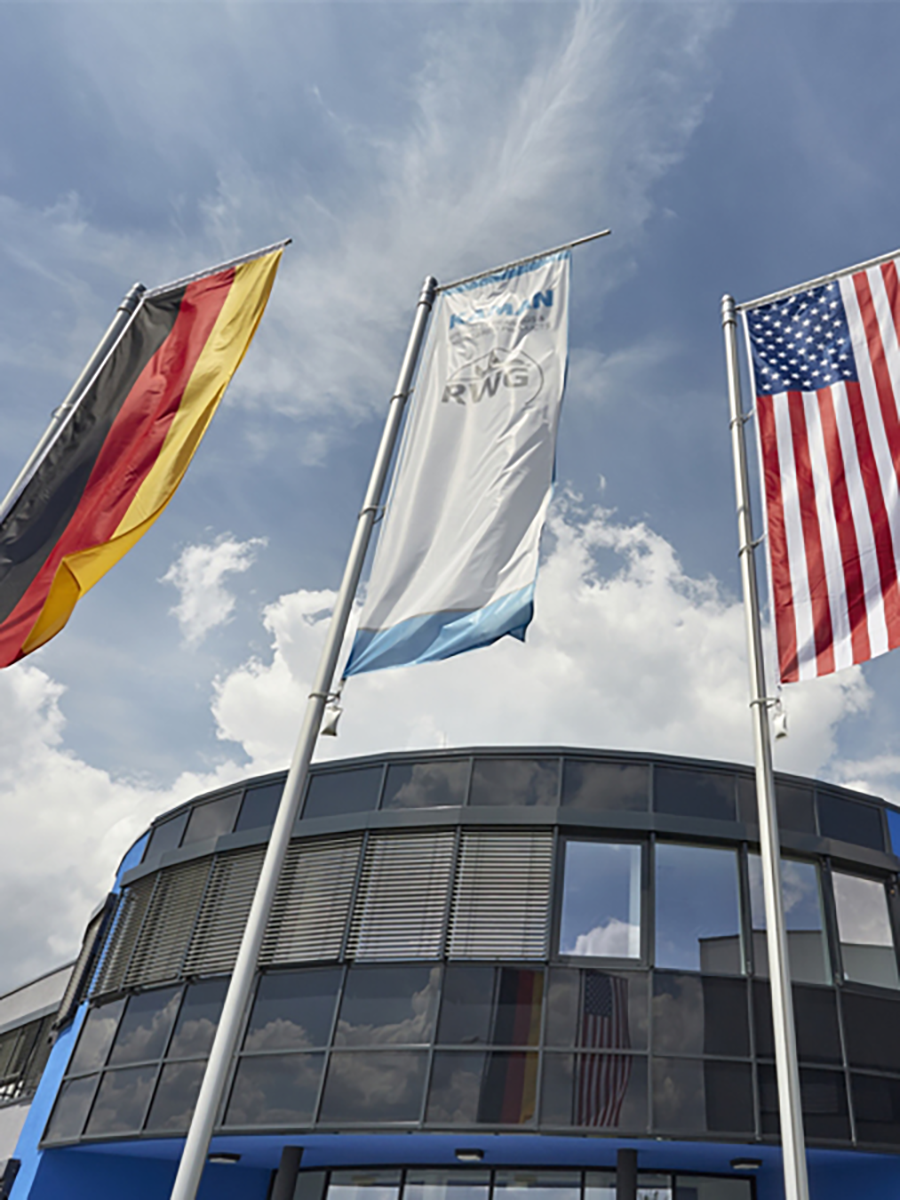Acquisition Strategy and Criteria for Kaman Corporation
Growth through acquisitions is an important element of Kaman’s corporate strategy. We evaluate businesses quickly and confidentially. If you own a business and are interested in considering a sale of your business to Kaman, or you represent an owner of a business interested in selling to Kaman, please contact us.
Our acquisition criteria include the following:
We seek to add profitable businesses with any of the following products or skill-sets:
- Large, complex aerostructure assemblies
- Metallic and/or composite aerostructure component manufacturing
- Composites technology and automation
- Aerostructure engineering design capability
- Self lubricated aerospace bearing technologies
- Complex machining of titanium aerostructures
- Tooling design and manufacturing, including automation
- High speed aluminum machining
- Hot forming of titanium
- Stretch forming
- Unmanned aircraft systems
- High speed drive shaft and coupling technologies
- Helicopter blade manufacturing
- Helicopter MRO operations
- Measuring instruments/sensors
We are interested in businesses: (i) with profitable sales in the $30 million to $300 million range; (ii) having strong management teams who are interested in continuing to work with the business as part of Kaman; and (iii) that possess appropriate quality approvals and business systems. Geographically, we have interest in businesses located in North or South America, Europe or Asia.

Contact KAMAN
If you are considering selling your business to Kaman or you represent an owner of a business interested in selling to Kaman, contact us.
Headquarters:
1332 Blue Hills Avenue
Bloomfield, CT 06002
Mailing Address:
Kaman Corporation
PO Box 1
Bloomfield, CT 06002
Phone:
+1 860.243.7100



